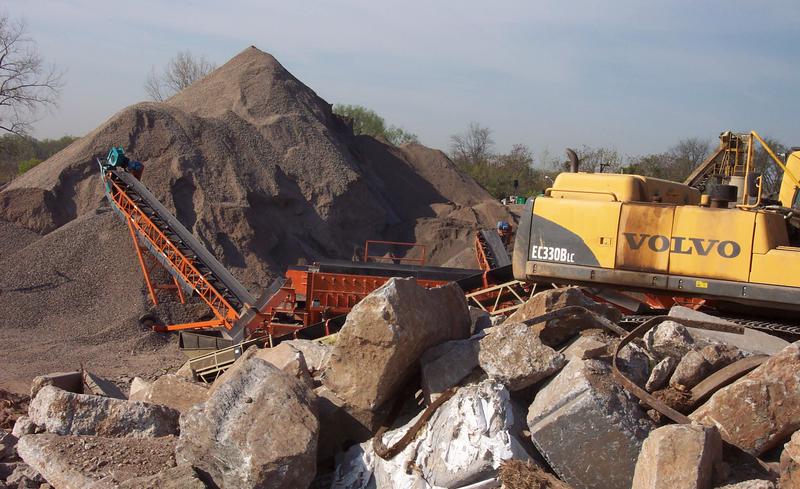In 2017, New York State released new Solid Waste regulations (Part 360) that significantly impacted many solid waste facilities and their operations. In many cases, the Part 360 updates require previously unpermitted facilities to apply for a permit in order to keep running their business at the same size and capacity. Additionally, there is a new requirement to sample certain materials to ensure it is not contaminated prior to leaving the facility. Once the material is sampled, it must stay separate from incoming untested material.
These added requirements are forcing many facilities to change the way their business operates. Walden has been working with various clients in the solid waste industry for many years. One particular client who operates a Fill Material Transfer Station on Staten Island, NY was directly affected by the changes in regulation due to their extremely large storage capacity and daily throughput numbers. The first major obstacle that the business needed to tackle was obtaining a NYSDEC Part 360 Permit. Walden assisted the client in preparing all of the required documentation which needed to be submitted to the NYSDEC in order to acquire a permit, including an engineering report, operation & maintenance plan, facility drawings, etc. All of these reports and plans were signed and sealed by a New York State Professional Engineer (PE) as required by the regulations.
Another problem this client faced with respect to the new regulations and associated alterations to their business was the requirement to sample outbound material at the Facility. This specific requirement requires the Facility to take a sample for every 1,000 cubic yards of material. Once the material is sampled, new material cannot be added to this pile. This Facility has a storage capacity of 90,000 cubic yards, and with the new requirement involving sampling, the layout needed to be altered. The sampling process takes about 3 to 4 days from the time the samples are collected to the time the laboratory reports the results. During this time period, no material can be added to the sampled material pile, and the material must stay at the site until the lab data confirms the concentrations meet the regulatory standards. The Facility’s throughput was greatly reduced due to this process. Walden worked with the Facility to adjust its layout to allow for the maximum storage capacity while adhering to these rules. Additionally, Walden used drones to help calculate storage pile volume and incorporated the data from drones to create a new layout involving shape, location, and size of new piles.
Walden presented many different site layout options to the client, and used storage calculations to demonstrate the possibilities of maintaining the current storage capacity, while creating new areas for sampling to take place. For the solid waste industry, storage capacity and throughput determine how much money a Facility can generate. When applying for the new permit, Walden was able to show the client and the NYSDEC that the Facility could maintain their current capacity and fulfill the requirements of the new regulations. Some site changes were performed in order to maintain compliance, but the success of the project was that the current storage capacity would remain. Walden approached the challenges posed by the Facility and developed a unique solution that allowed our client to continue operating while complying with the new regulations.

